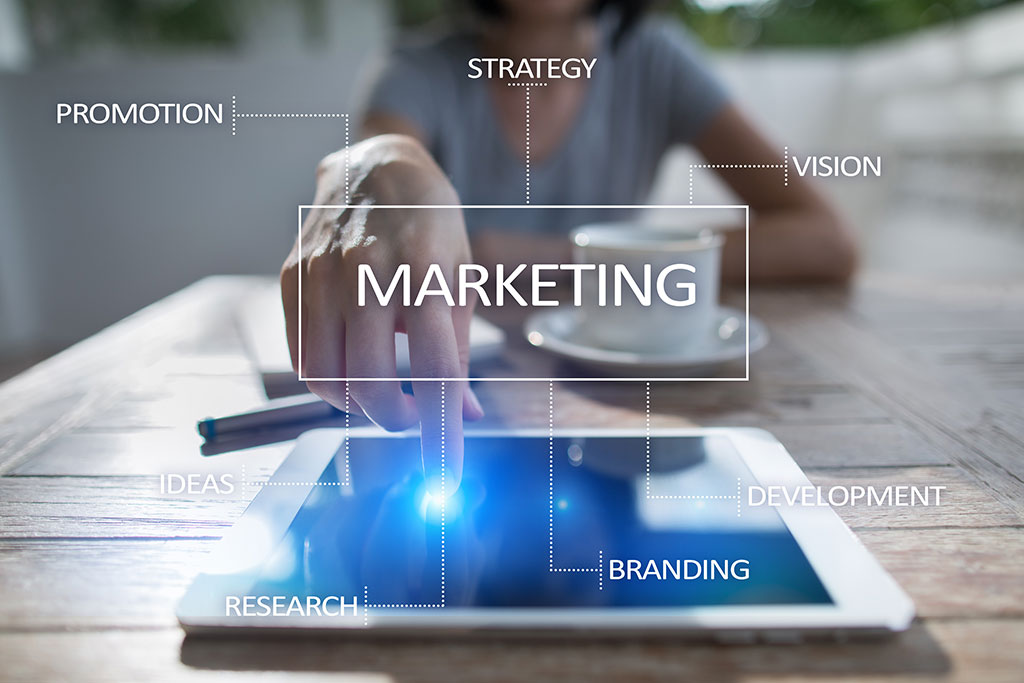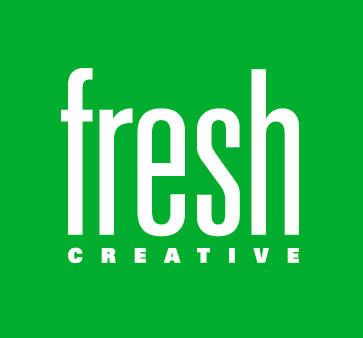According to Google, more than 60 percent of consumers turn to the web to research products before buying. So, no matter what product or service your company offers or who you’re targeting with your marketing efforts, if you don’t have a website, you’ll be left in the dust.

In today’s digital world, a web-centric marketing strategy makes sense. “Web-centric” means your website is at the center of your marketing universe. That’s because more than any other marketing tool, your website offers unparalleled opportunities to manage the customer experience.
There’s more to web-centric marketing than simply creating a website. For starters, your website should reflect your brand personality, visually and in tone of voice. It should serve as a resource for everything customers or prospective customers need to know about your company and your products and that information should be easy to find.
Website and Media
Equally important is keeping your site up to date, including making sure there are no broken links or obsolete products and information. It also needs to load quickly and look and function equally well on smartphones and desktop computers. And don’t underestimate the value of photography and videos. They’re included in Google’s 200+ site ranking factors, so it’s important to make sure they’re high-quality and complement the content.
But no matter how well your website is designed, it won’t provide much value if people can’t find it. That’s where search engine optimization (SEO) comes in.
SEO is the ongoing process of making sure your website’s content matches what your target customers are looking for and delivering that content in a way that search engines will recognize as relevant to searches for your products or services.
In short, SEO will help your site rank high in the organic (unpaid) results of a search engine results page (SERP). Given that the first SERP gets between 25 percent and 30 percent of the clicks for a search term, while the second page gets half that number, an investment in SEO can pay handsomely in driving traffic to your site.
Google Business Profile Optimization
A frequently overlooked marketing tool that can give your company a boost in organic results is your Google Business Profile (GBP). This is especially important for local businesses, even if you don’t yet have a website, since Google uses your profile for location-based queries such as “find a coffee shop near me.”
Results for these searches appear in Google’s Map Pack results, which list local businesses and identify their location on a map. As with your website, your GBP should adhere to Google’s standards to make sure it is offered in search results.
While organic ranking on a SERP is desirable, paid placements can do a lot to elevate your site’s visibility as well. Search engine marketing, or SEM, includes pay-per-click (PPC) ads. Paid search results typically occupy the top three to five results on page one of the SERP and occasionally the bottom positions as well.
Another valuable paid tactic to drive people to your website is advertising on social media channels. It’s a cost-effective, highly targetable and measurable tactic for promoting your brand to the people you want to target on the channels they frequent most.
All Roads Lead to Your Website
Even in a digital landscape, traditional advertising remains highly relevant. As with digital ads, traditional advertising – whether it’s a print ad, TV commercial, radio spot or billboard – should lead customers to your website.
You might even consider a landing page, a standalone web page created specifically for an advertising campaign that places a hyper focus on what you’re promoting with the campaign and is useful in measuring results. Data captured in Google Analytics also offers insights into how well your campaigns are working to drive traffic to your site.
Instead of hoping people will remember your website url when they see your ad, you can also incorporate a QR code that enables viewers to simply snap a photo to be taken directly to your site. It’s not a new technology, but its popularity in advertising has grown considerably in recent years.
In a web-centric marketing universe, your website is both the beginning and the end of the customer journey. Using tactics that capture the attention of your target audience and lead them to relevant content on your site is one of the most-effective ways to convert clicks to sales in a digitally focused world.

